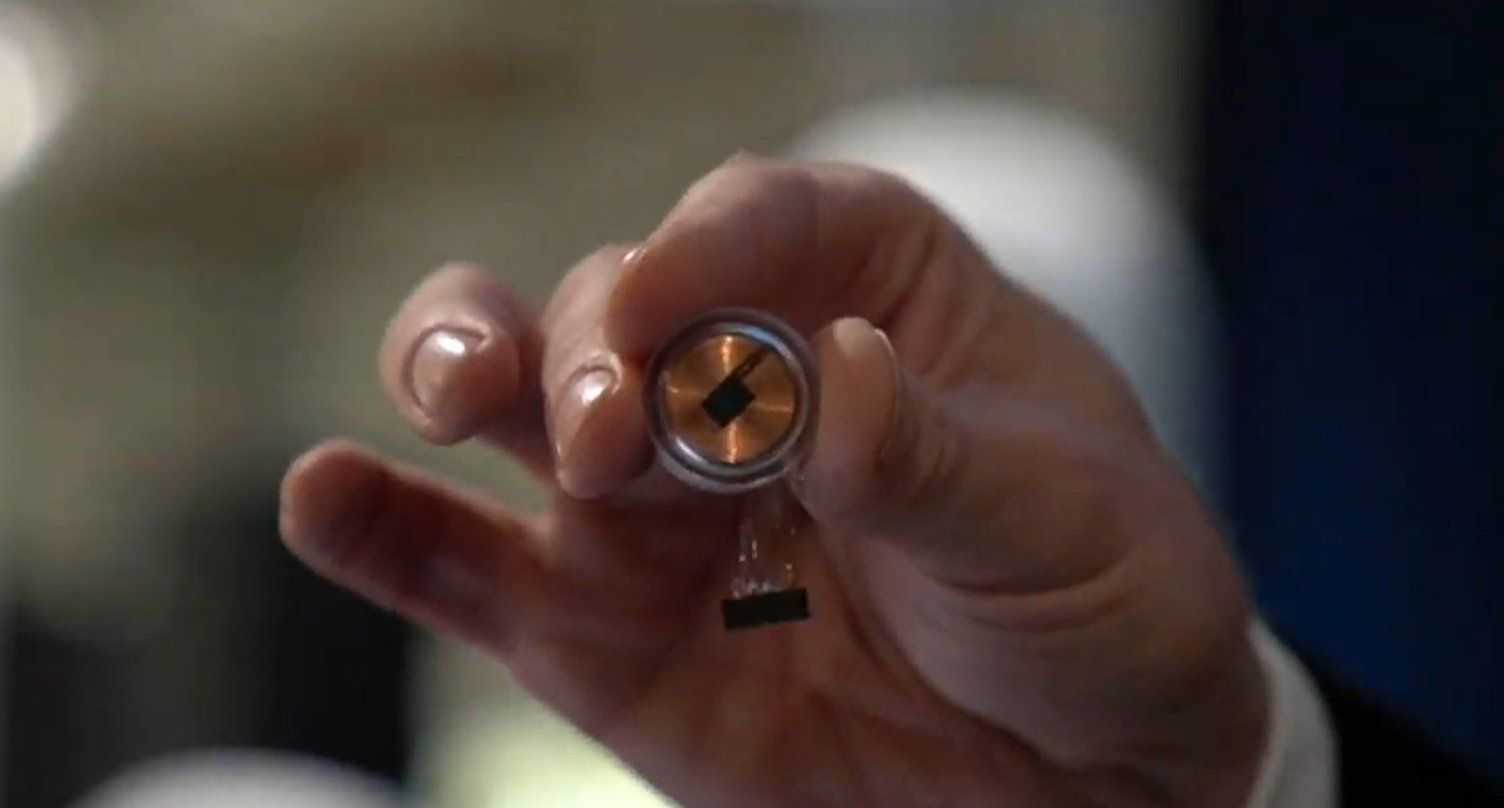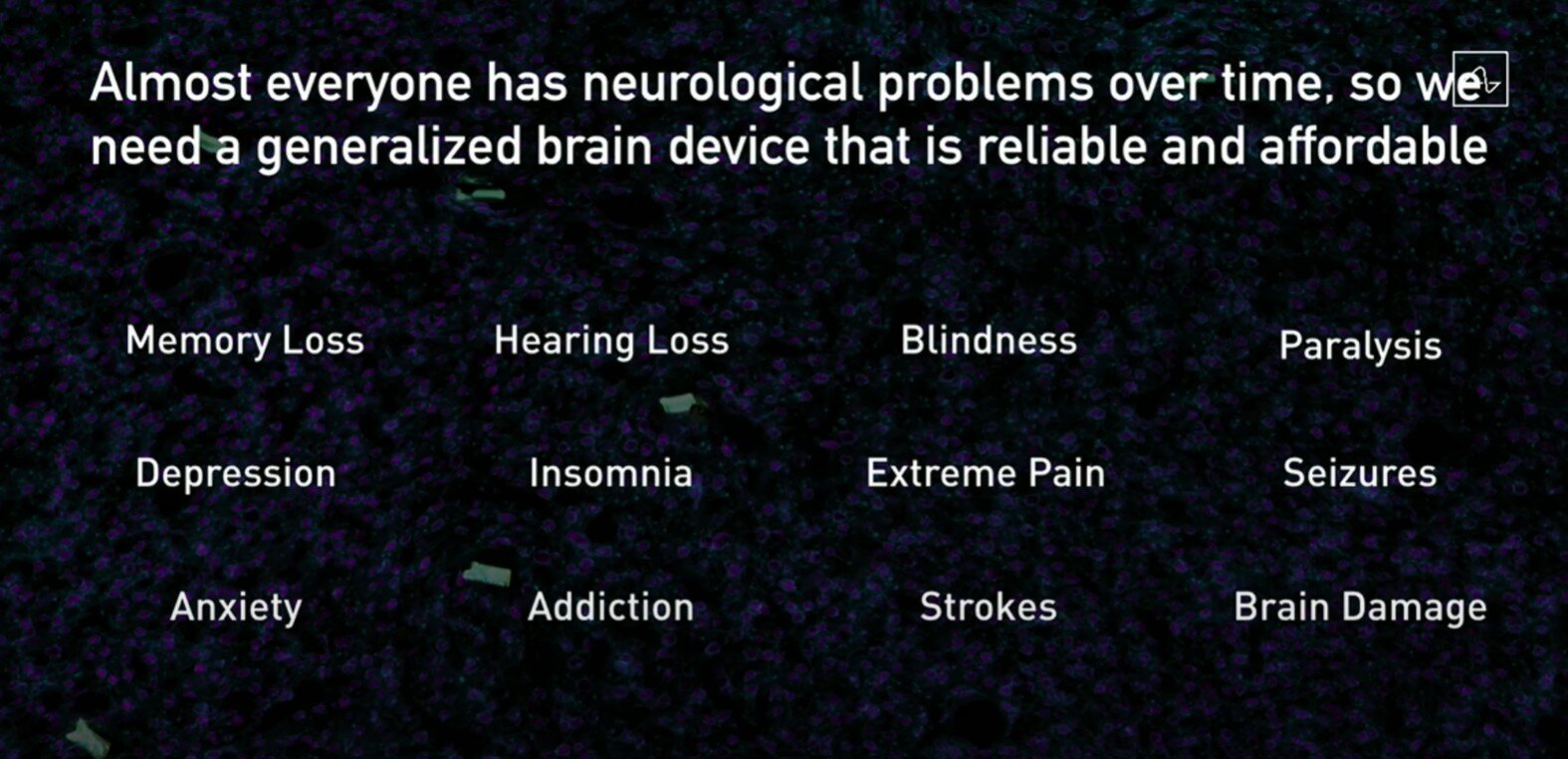Neuralink implant to connect the brain with computers
NeuraLink could give patients with a severed spinal cord full mobility…
Courtesy: Neuralink
Today, Elon Musk spoke on the exciting possibilities of Neuralink - a skull implant that could eventually save and replay memories. The implant’s capabilities have been known since its announcement last year, but as the tech gets closer to reality, it increasingly becomes the subject of ethical debate. Judging from today’s event, technology connecting the computer and brain are a lot closer than we think.
Musk introduced the Link chip with a demonstration of three pigs: one pig without a Link, a second pig (“Gertrude”) who had the device and a third pig who had the device installed but then removed. With the exception of Gertrude being a bit camera shy at first, all the pigs seemed to be in good health. Gertrude’s brain activity was shown on a screen displaying a visual rise accompanied by a sound when the pig’s snout touched something.
The Neuralink implant would fit flush with the skull and could be fully hidden under hair. Musk held the device in his hand for viewers to understand its size. The implant will be charged overnight (like a smartwatch) and connect to your phone through low-energy Bluetooth.
He also mentioned the company had acquired a Breakthrough Device designation from the FDA. Musk aims to exceed FDA and other mandated safety requirements as he continues to address safety concerns. He headlined the safety of implant removal on the third pig as Neuralink awaits approval for the first human implant.
Musk didn’t shy away from the ethical debate surrounding his Neralink chip stating:
“This is obviously sounding increasingly like a black mirror episode, but well, I guess they’re pretty good at predicting.”
As Neuralink begins building its team to develop the implants’s capabilities, the world will be watching as the uncharted territory of brain computer connection is explored.
Some potential capabilities of the implant are:
Downloading memories into a robot body
Saving and replaying memories
Restoring full mobility to someone with a spinal cord injury
While Neuralink’s eventual goal is to merge the brain with AI, It seems as if the company will first focus on medical applications. Clinical trials will begin with helping people suffering from paraplegia or tetrapelegia due to a cervical spinal cord injury.
Conclusion:
New details on Neuralink’s capabilities give us a glimpse into a future where computers can reconnect the “broken wires” in our body. It’s unclear how long it will take to deploy Neuralink in a useful way to the masses, but these new details give promising hope to nearly every industry.
Musk urges anyone with knowledge in a number of industries, even without a background in neuroscience, to contact engineering@neuralink.com
Hudson Labno:















OnePlus is known for being a company that creates phones to “kill” big brand name flagships. And, the OnePlus 9T would be no different! But, with the OnePlus 9 and 9 Pro already being great phones, some tech enthusiasts are questioning the need for a phone in the middle.